August is the perfect time for a quick family getaway before the kids head back to school and routines resume. So we asked Patricia Schultz, author of 1,000 Places to See in the United States and Canada Before You Die, to share some of her favorite family-friendly summer destinations in North America. Read on for her picks—then get packing!
Colonial Williamsburg, Virginia
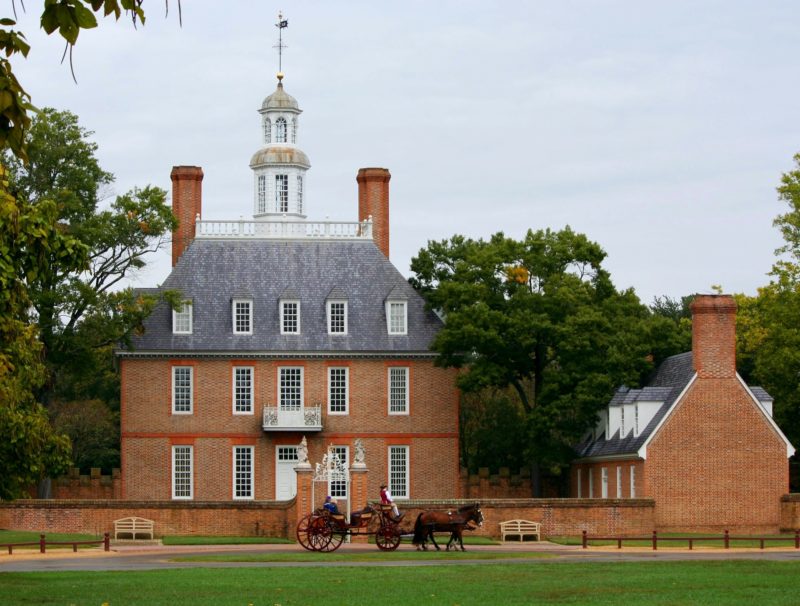
Colonial Williamsburg meticulously re-creates the crucial period of 1750 to 1775, the end of the colonial era and the anxious eve of the Revolutionary War. The level of detail is astonishing, from the actors who portray Revolutionary-era statesmen, blacksmiths, wig makers, and slaves to the flocks of squawking ducks and grazing sheep. It’s the country’s largest and most popular living history museum and one of the world’s finest.
The cultural and political capital of Virginia from 1699 to 1780, Williamsburg was home to government buildings and a lively social scene among the colonial aristocracy. Thomas Jefferson and George Washington both spent time here debating the merits of forming an independent country. In 1926, John D. Rockefeller Jr. initiated a top-to-bottom $68 million restoration in which 88 original buildings and 500 other structures were restored or rebuilt, along with 90 acres of gardens and public greens. Today, it’s impossible to tell which of the buildings were restored and which were totally reconstructed on their original foundations.
Williamsburg is a treat for both adults and kids. Walking the cobbled streets of the Historic Area, you might find yourself having an impromptu discussion with “Thomas Jefferson,” “Martha Washington,” or one of the wide cast of townspeople going about their daily lives. You can attend the trial of a pig thief; watch a gunsmith craft a flintlock rifle; sign up for a candlelit tour of the city’s haunted spots; or view a performance by the town’s parading fife-and-drum corps. Tour the Georgian-style Governor’s Palace with its extensive topiary gardens and holly maze, the H-shaped Capitol, the Courthouse of 1770 with its pillories and stocks out front, and the George Wythe House, home to Thomas Jefferson in 1776, when he was a Virginia General Assembly delegate. Stop for a tipple at any of the four historic taverns offering colonial dishes in period settings.
Jasper National Park, Alberta, Canada
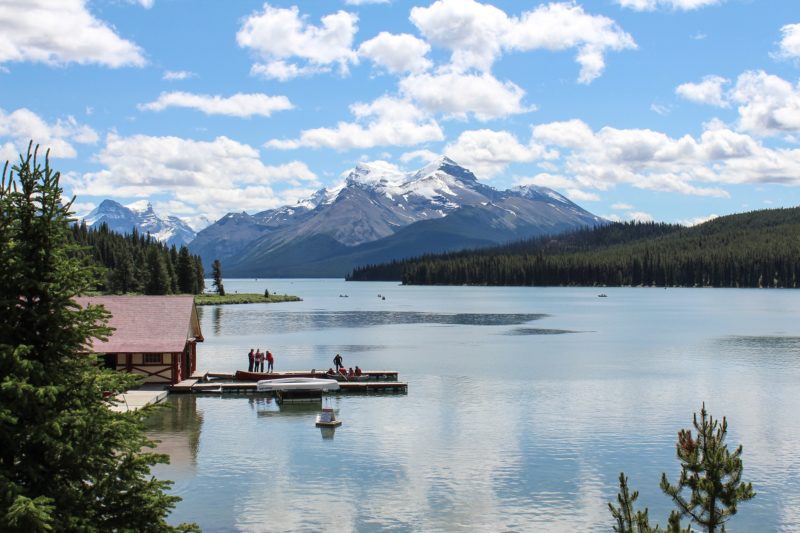
Spanning the crown of the majestic Canadian Rockies are Banff, Jasper, and Yoho National Parks, collectively known as the Rocky Mountain Parks. One of the world’s most scenic roadways, the 142-mile Icefields Parkway links Banff and Jasper National Park, passing through an unbroken panorama of glacier-topped peaks, waterfalls, and turquoise lakes flanked by spruce and fir forests. The literal high point is 11,450-foot Mount Athabasca, surrounded by the Columbia Icefield, which covers more than 200 square miles at the crest of the Continental Divide.
The parkway ends in Jasper National Park (Canada’s largest at more than 4,200 square miles), where year-round outdoor adventures abound: Raft the roiling white water of the Athabasca and Sunwapta rivers, hike narrow Maligne Canyon, saddle up for trail rides around Patricia Lake, or canoe mirror-still Maligne Lake, the largest of the Rockies’ glacier-fed lakes.
Inside Passage, Alaska
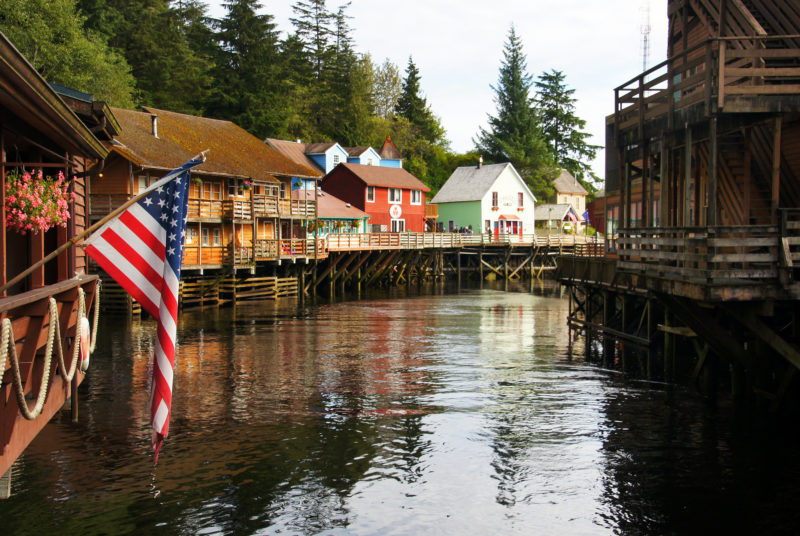
Alaska has over 40,000 miles of coastline, and you can take in some of the most beautiful from your ship’s deck while sailing the Inside Passage. It stretches through 500 scenic miles in the southeast of the state, from British Columbia’s Queen Charlotte Islands in the south to the corner of Canada’s Yukon Territory in the north. Thirty-plus cruise lines sail here every summer, and long-distance ferries depart from Bellingham, Washington, year-round.
The big draw is the astounding wilderness, with snow-capped mountains, deep rain forests, and a maze of islands that are the home of whales, sea lions, sea otters, harbor seals, porpoises, and seabirds. Tucked into all that bounty are the towns. Ketchikan may be the most touristy; pretty Sitka, midway up Southeast, is less so, despite its 19th-century heyday as the unofficial capital of Russian America and onetime nickname, “Paris of the Pacific.” The icon-filled Russian Orthodox St. Michael’s Cathedral, built in the 1840s, stands at the center of town, and the Russian Bishop’s House now serves as a museum.
Farther north lie Juneau, Alaska’s easy-going capital city, and the Mendenhall Glacier, which stretches for nearly 12 miles. Ferries travel the short distance northwest to Gustavus, gateway to Glacier Bay National Park, a 3-million acre wonderland at the northernmost point of the Inside Passage. Humpback whales arrive each summer, along with tourists who come to see them and the ten tidewater glaciers, some 4,000 years old, cascading down from the mountains. To the east of Glacier Bay is the charming town of Skagway, once the jumping off point for the Klondike Gold Rush of 1898. That was the year the 110-mile narrow-gauge White Pass and Yukon Route Railroad was built. You can still ride it to the 2,865-foot summit of White Pass.
Cruise options range from the less expensive 2,000-passenger megaships to expedition vessels (with 100 or fewer passengers) that can more easily access the bays, inlets, and coves and generally offer a more intimate glimpse of real Alaska. For a more independent experience, the Alaska Marine Highway ferries offer a hop-on/hop-off adventure along the coast.
Niagara Falls, Ontario, Canada
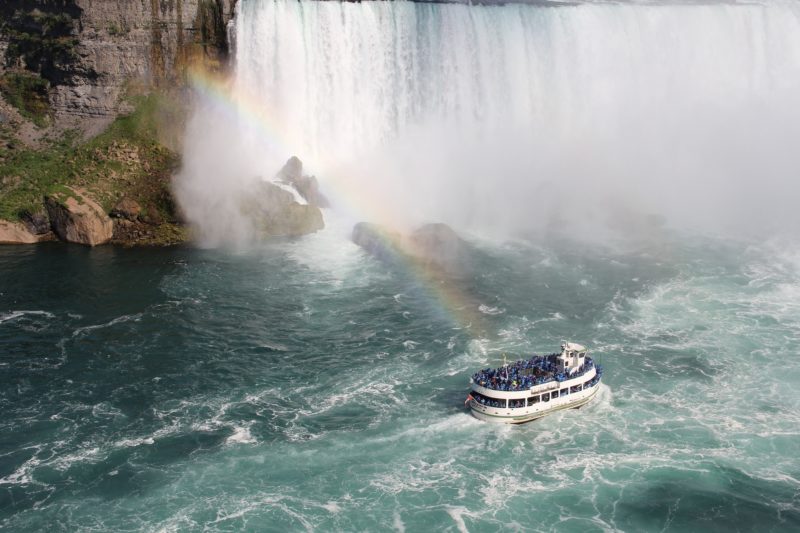
The Niagara River draws water from four of the five Great Lakes and flings it down 20 stories at the rate of 42 million gallons a minute, creating waterfalls that are by volume the largest and most powerful in North America. Almost a mile wide in total, the falls straddle the U.S.-Canada border and are divided by islands into three sections: the 1,060-foot American Falls, which includes a smaller section called Bridal Veil Falls, and the 2,600-foot Horseshoe Falls on the Canadian side.
To get up close to this incredible force of nature, start your visit in New York’s Three Sisters Islands, where visitors can stand within a few feet of the brink of the falls, or at the Cave of the Winds tour. Here a series of decks and stairs leads to the Hurricane Deck, just 20 feet from the pounding waters at the base of Bridal Veil Falls. Take a trip on the Maid of the Mist, a sturdy 600-passenger boat that’s accessible from both sides. Don a plastic poncho and sail right into the maelstrom at the base of Horseshoe Falls.
The Canadian side offers the best views, including nighttime illumination shows. At Journey Behind the Falls, descend via elevator through 150 feet of rock for views from behind the cascading water of Horseshoe Falls. For creature comforts, the Canadian side also wins out—it has better facilities—nightclubs, restaurants, upscale hotels.
Middle Fork of the Salmon River, Idaho

Idaho has 3,100 white-water miles—more rushing water than any other state in the continental U.S.—and the very best for a rafting adventure is the Middle Fork of the Salmon River. Many outdoor enthusiasts consider it one of the top white-water rivers in the world.
The Middle Fork carves a mighty canyon through central Idaho’s 2.36-million-acre Frank Church River of No Return Wilderness, the largest federally protected forest wilderness in the lower 48. The river drops some 3,000 feet in 100 miles, churning through 100 deep-rolling Class III and IV rapids. It carries you through spectacular forest and rocky gorges (should you have a moment to acknowledge your surroundings), and past sandy beaches for overnight camping and natural hot springs for soaking paddle-weary bones (one spring, called the Sunflower, spills over a rock to form a riverside hot shower). Sightings of bears, river otters, Rocky Mountain bighorn sheep, elk, and large birds of prey are common, and rafters can also sneak in some superb fishing—Idaho’s acclaimed crystal clear waters are rich with rainbow, cutthroat, and Dolly Varden trout. Watch the canyon walls for vivid rock art, inscribed by the ancient Tukudeka people, who once claimed these wild canyons as their homeland.
And don’t forget to check out the book!
 About the Book:
About the Book:
Covering the U.S.A. and Canada like never before, and for the first time with full-color photographs, here are 1,000 compelling, essential, offbeat, utterly unforgettable places. Pristine beaches and national parks, world-class museums and the Just for Laughs festival, mountain resorts, salmon-rich rivers, scenic byways, the Oyster Bar and the country’s best taco, lush gardens and coastal treks at Point Reyes, rafting the Upper Gauley (if you dare). Plus resorts, vineyards, hot springs, classic ballparks, the Talladega Speedway, and more. Includes new attractions, like Miami’s Pérez Art Museum and Manhattan’s High Line, plus more than 150 places of special interest to families. And, for every entry, what you need to know about how and when to visit.
“Patricia Schultz unearths the hidden gems in our North American backyard. Don’t even think about packing your bag and sightseeing without it.” —New York Daily News
Buy the Book
Amazon | B&N | Indiebound | Workman

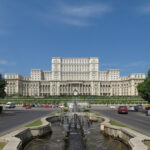
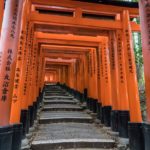
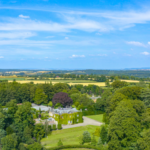
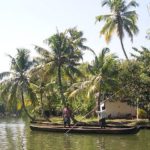
No Comments